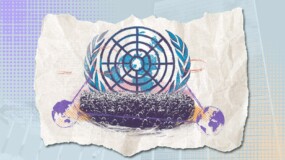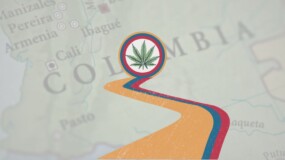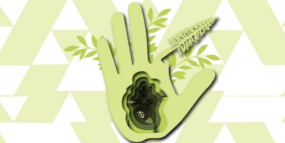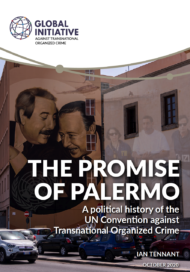Posted on 06 Oct 2013
The Mongols have invaded Australia. In the middle of 2013, the Mongols, an infamous outlaw motorcycle gang (OMG) from the U.S. absorbed a local Australian motorcycle gang, giving them chapters throughout Australia. Their arrival will likely further unsettle Australia’s violent and fractious OMG world, as groups such as the Bandidos and Hells Angels fight to protect their territory, their drug markets, and their pride. The combatants in the fight represent an interesting evolution in organized crime – the internationalization of U.S. based OMGs. The increasing reach of the groups – coupled with their propensity for violence, discipline, and capability – will pose an increasingly dangerous challenge to global law enforcement officials in the years to come.
While motorcycle clubs have existed in the U.S. and around the world for well over 100 years, outlaw motorcycle gangs are a far more recent phenomenon. Most of the large gangs – the Hells Angels, Bandidos, Mongols, and Outlaws – emerged in the 1950s and 1960s in the United States. In many cases, military veterans were instrumental in the founding of the groups – an association which continues into the present day. The gangs – insular and territorial, with reputations for brutal violence – rapidly spread throughout the U.S., and then beyond. In general the gangs spread by one of two processes – either existent OMG members move to a new area and found a new chapter, or an existent OMG chooses “patch-over” and become absorbed into the larger OMG. Such patch-overs are fairly common with small, locally organized OMGs.
International expansion began in late 1970s and 1980s, when the Outlaws OMG founded a chapter in Canada, while the Hells Angels and Bandidos founded or absorbed chapters in Europe and Australia. This expansion has rapidly increased, with German media reporting that between 2005 and 2012 the number of OMG chapters in the country has doubled. At present, the Hells Angels are present in 32 countries and the Bandidos in 15; the Outlaws OMG have even managed to establish three chapters in South East Asia.
Outlaw motorcycle gangs are a heavily hierarchic, idiosyncratic form of organized crime. There are distinct leaders, or groups of leaders, who control of the actions and expansion of the gangs. Their hierarchic organization enables OMG’s activities to act strategically, and coordinate their activities both in a country and internationally. Within the various chapters discipline is strict, with often-vicious punishment meted out on members who disobey OMG rules and regulations. Differing from other types of organized crime, OMG members are overt in their affiliation – often wearing clothing or badges that denote their affiliation and rank, as well as other information. Their membership also tends to older, with some groups recruiting members from amongst ethnic gangs, white supremacist groups, and in some cases the military. This recruitment pool provides members who often have specialized skills and experience, something that the gangs make heavy use of in their criminal operations.
Despite their affection for motorcycles, the raison d’etre for OMGs is neither motorcycles, nor a celebration of biking culture – rather it is criminal profit. The gangs are involved in a range of criminal activity – drug trafficking, arms smuggling, extortion, and prostitution. In particular, in the United States the gangs have long been associated with the production and trafficking of methamphetamine. In Germany, illicit debt collection is a common activity for many of the crime groups. The gangs have also, at times, acted as hired muscle for traditional organized crime groups. OMG profits can be quite high; one Bandidos chapter in Germany maintained an “in-house bank” with up to $110,000 in it.
The dynamic growth of outlaw motorcycle gangs is unlikely to halt in the near future. The networked, highly disciplined organizations are ideally suited for transnational operations. That said, the situation is not all grim. The long term experience many law enforcement officials in the U.S., Europe, and Australia have with the various OMGs can be leveraged by country’s confronting a newly emergent OMG threat. International cooperation – at operational, strategic, and information levels – can help to mitigate the threat posed by groups such as the Hells Angels, Bandidos, and Mongols.



